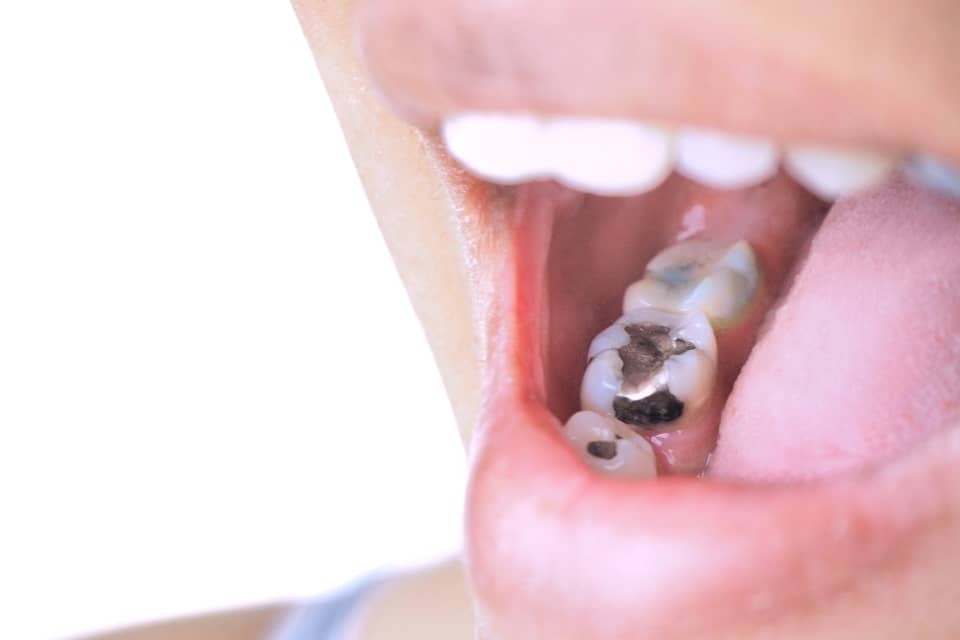Do you have broken, chipped, or decayed teeth? Are you looking for a cheap, easy fix to your dental issues? Then it would help if you found a dentist with dental fillings.
Dentists with orthodontic training may use dental fillings as a viable solution to tooth decay. You don’t have to lose the tooth or spend a ton of money replacing the tooth with a fake one. Dental filiations can strengthen your tooth and help you withstand biting into hard foods without shattering.
Here’s a quick dentist guide to help you find the best dentist for yourself or your children.
What to Expect When Getting a Filling
Getting a filling is a fast and straightforward process that won’t require more than an hour of your time. First, your dentist will remove all the decayed parts of the tooth with a drill.
Then, they will clean the tooth and apply a special etching solution that prepares it for the filling. Afterward, they will apply the filling material and shape it to the tooth’s surface.
Finally, they will harden the filling using a special light. You may feel mild, temporary discomfort during and after the procedure, but nothing that a few over-the-counter painkillers won’t ease.
Different Types of Dental Fillings
Dental fillings are essential for any dental procedure to restore the health of teeth and gums. There are several types of dental fillings, each with pros and cons.
Amalgam Fillings
Amalgam fillings are a type of dental work used in dentistry for decades. This type of filling uses a combination of metals, such as silver, zinc, and mercury, to create a durable and resistant filling that can withstand the forces associated with chewing. While amalgam fillings require a bit more time and expense to place and can require periodic replacement, these fillings are one of the most effective ways to restore a damaged tooth.
Composite Resin Fillings
Composite resin fillings are made from composite resin, a combination of plastic and glass-like particles. The composite resin bonds with the teeth and strengthens them, making it a great choice for cosmetic and dental repairs. This filling also resists staining, providing a longer-lasting color than other materials.
Glass Ionomer Fillings
Glass ionomer fillings are resin-based, inorganic materials composed of a metal and a glass powder. Its characteristics make it both gentle on the teeth and durable. It is easy to work with and bonds directly to the teeth, providing superior adhesion that prevents bacterial leakage.
Aftercare Tips for Preserving Your Dental Filling
Good oral hygiene is essential for preserving your filling and preventing more decay. Brush and floss regularly and visit your dentist every six months for checkups.
Be sure to use a soft-bristled brush and fluoride toothpaste. Avoid chewing on hard objects, such as ice or popcorn kernels, as this can cause the filling to chip or fracture.
Additionally, avoid grinding your teeth, as this can also cause damage. If you have any pain or discomfort around the filling, contact your local emergency dentist as soon as possible.
Improve the Appearance of Your Smile
Dental fillings are an essential part of maintaining a healthy smile. Although the process may be uncomfortable, protecting your teeth and preventing any long-term damage or tooth loss is worth it.
Talk to your dentist if you need a filling or have questions about your oral health. Don’t wait – start caring for your teeth now.
We hope this article was useful to you. If you enjoyed it, be sure to check out our blog for more great articles.

